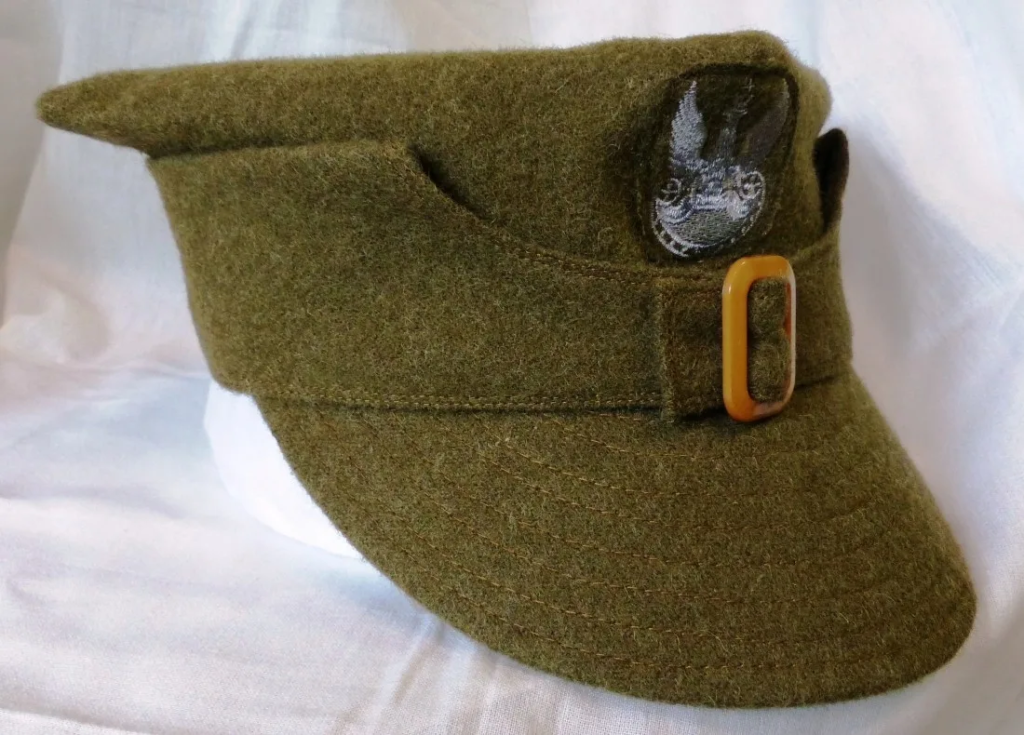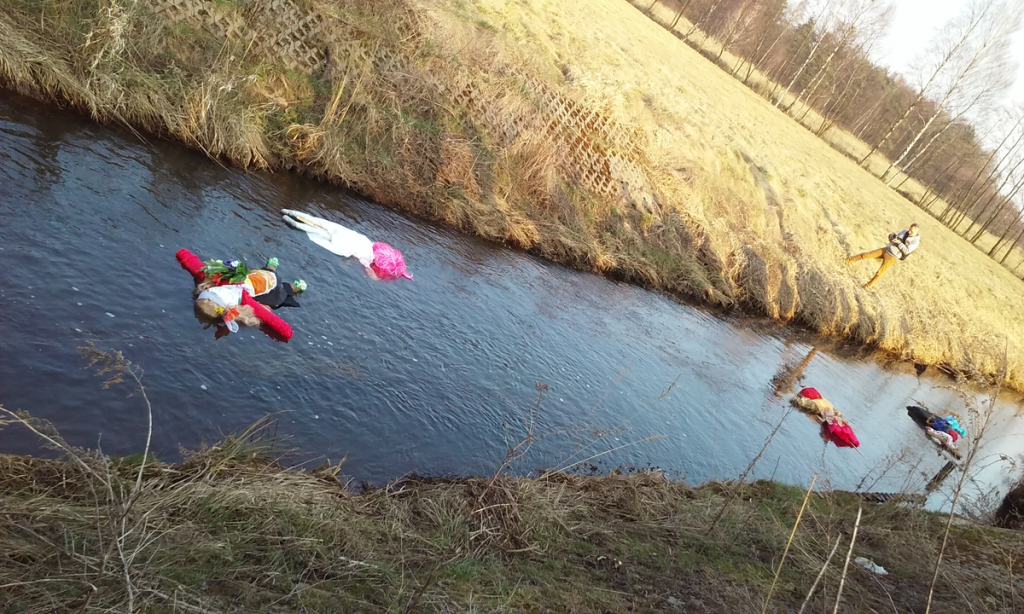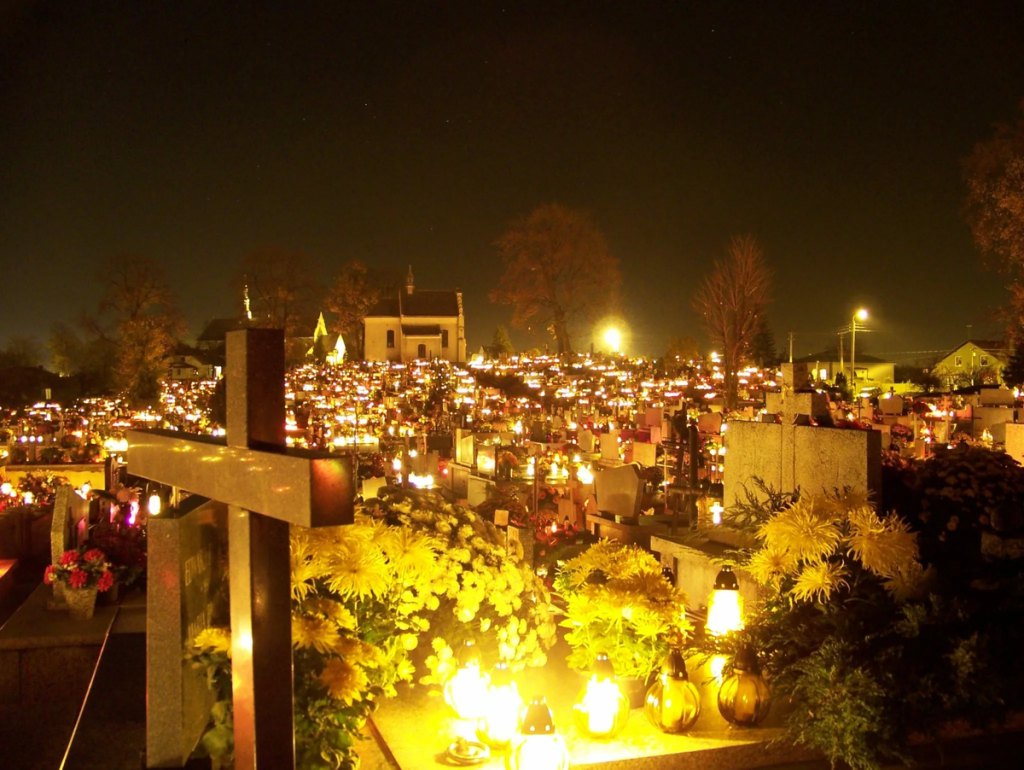Probably, about every country you can collect a dozen stereotypes: from funny to strange, but you should realize that not all of them have to do with reality. For example, we Russians do not drink vodka in the morning or play chess and checkers with a pet bear.
There is a similar set of distorted ideas about every nation. For example, Poles trade in blood, walk children in cemeteries and proudly wear the title of cuckolds – and horns at the same time.
However, upon closer examination, everything becomes clear.
Poles wear horns
In Poland there is a traditional headdress that is associated with “horns”, but of course this does not mean that they wear real horns on their heads. It’s about the “rogatyvka” (rogatywka), which is characterized by its unique shape.

It is a military cap with corners that are formed on the tulia (top part of the cap). These corners gave the name to the cap, from the word “rogi”, which means “horns” in Polish.
Rogatywka has long been part of the military uniform of Polish soldiers since the XVIII century, and is especially associated with the Polish lancers – light cavalry, which was famous for its bravery and efficiency in battle. A symbol of the Polish army and national pride.
Poles sell blood by weight
In Poland, as in other countries, there is a tradition of using animal blood in cooking. One such product is blood sausage (“kaszanka” or “kiszka” in Polish), which is made from the blood of a pig or other animal mixed with cereals and spices. This product is part of the national cuisine and is sold in grocery stores, butcher stores and markets.

Czernina (“czarnina”), a traditional Polish soup based on duck or goose blood mixed with vinegar, broth and various ingredients such as dried fruits, vegetables and spices, is also common.
They buy borscht from vending machines
In Poland, especially in winter, red borscht is a popular drink. Not in the form of soup, but as a hot beverage. This is the traditional Polish “barszcz czerwony” – a clear beet broth with added spices, which is often drunk from cups as a warming broth.

This kind of borscht is sold in vending machines, which are usually for hot drinks such as coffee, tea or hot chocolate, especially in train stations, office buildings and other public places where people quickly warm up with the familiar flavor.
Not eating seafood
This country has not always had access to the sea and for many years its northern neighbor Prussia cut off that access to the Baltic. For this reason Poland has historically been an agrarian country and traditional Polish cuisine is based more on foods available in the countryside such as meat, potatoes, vegetables, grains and dairy products. The inland regions of Poland had limited access to fresh seafood due to geographical features. Fish, however, has always been an important part of the diet, especially freshwater fish such as carp, trout and pike, which are often found in Polish lakes and rivers.

Nowadays, with globalization and the development of trade, seafood is becoming more and more accessible. In major cities there are restaurants offering seafood dishes such as oysters, mussels, squid and shrimp. In addition, Polish supermarkets are increasingly offering a wide range of fresh, frozen and canned seafood.
Yellow is called orange
In Poland, a yellow traffic light is usually called “orange” (pomarańczowy). In Polish, the word “pomarańczowy” literally translates as “orange”, and this is how the middle traffic signal is usually referred to in Poland.

Russian pierogi
In Poland, dumplings with unsweetened filling are often called “ruskie pierogi” (Russian pies); however, the name “ruskie pierogi” in Polish cuisine is not related to Russia, but to the region formerly called Rus’, which is now partly located in modern Ukraine. Traditional Polish “ruskie pierogi” are usually made with a filling of potatoes, cottage cheese and onions, making them a hearty and popular dish.

In particular, the area encompassed Galicia, part of present-day western Ukraine. The local cuisine influenced Polish gastronomic traditions, and “ruskie pierogi” became widely known throughout the country.
M’s and W’s do not use
Men’s toilet doors are usually decorated with a triangle pointing downwards (and sometimes upwards): this symbolizes the traditionally angular shape of the male figure. Conversely, the symbol of a woman’s toilet is a circle: symbolizing a more flowing, rounded shape.

Don’t burn the effigy
Seeing off winter, or “TFueling Marenka” (“Topienie Marzanny”), is an ancient Slavic rite that survives in some regions of Poland. Marena (or Marzanna in Polish), a straw effigy symbolizing winter and death, is not burned, but thrown into a river or other body of water. This ritual is held on the vernal equinox, usually on March 21, and is associated with the onset of spring.

Graduation is celebrated before the end of school
The graduation ball in Polish schools in honor of high school students is held a few months before graduation. Although school is not formally over, this celebration symbolizes the beginning of the countdown to final exams and the farewell to school life. The name of the holiday comes from the word “sto,” which means “hundred,” and indicates that the event takes place approximately 100 days before the matriculation exams.

One of the traditions of the hundred days is the polonaise, the dance that begins the celebration. The formal part of the evening is followed by dancing and an entertainment program, sometimes with contests and performances.
Name days instead of birthdays
In Poland, both birthdays and name days (imieniny in Polish) are celebrated, but the role of name days in the national culture is more significant than in some other countries.

Children are taken to cemeteries
In Poland there is a tradition of celebrating the Day of All the Deceased (in Polish “Zaduszki”): it falls on November 2, the day after All Saints’ Day (November 1). It is a Catholic holiday dedicated to the memory of the deceased: Poles visit cemeteries to honor deceased relatives and friends.

It is not only a family, but also a social tradition: children often take part in these visits together with their parents or teachers. Some schools and kindergartens organize collective trips to the cemetery to teach children to pay tribute to their ancestors and to familiarize them with cultural and religious traditions.


Leave a Reply